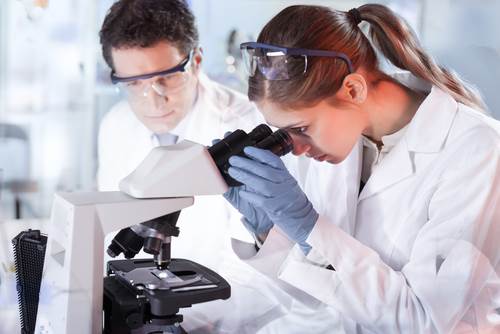Prevention of Occupationally Acquired Infections in the Lab
10/31/2018

Medical laboratory workers who handle tissue, body fluids, and other specimens from infected patients are at high risk for work-related exposures to infectious material. For some of these organisms, laboratory workers are at greater risk of acquiring such infections than the general population. Laboratory-acquired infections may occur through inhalation; ingestion; direct contact of the eye, nose, mouth, or skin; or parenteral inoculation.
There are many ways medical laboratory staff can protect themselves from the transmission of occupational infections. These practices include but are not limited to use of standard precautions, good laboratory practices (eg, disinfection of contaminated work surfaces), safety devices, personal protective equipment, and appropriate decontamination and disposal of biological hazards.
Clinical and Laboratory Standards Institute document M29-A4—Protection of Laboratory Workers From Occupationally can aid in the development of an effective biosafety program for laboratory workers. It promotes best laboratory practices to protect workers from exposure to infectious diseases encountered in the medical laboratory and to minimize the potential transfer of infectious organisms outside of the laboratory. Information is provided on safe transport of infectious substances, laboratory equipment hazards, occupational health and incident response, planning for public health emergencies, and best practices for biosafety training and competency assessment. Guidelines for the development of an effective biological risk assessment are also provided.
